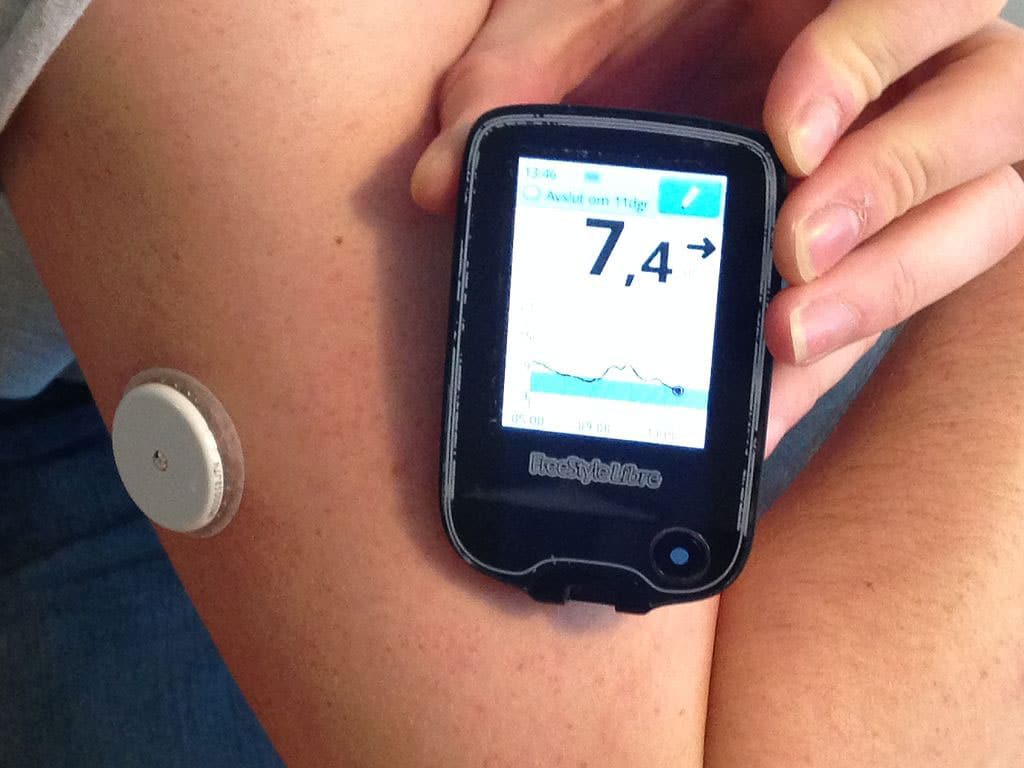Diabetes management has significantly evolved with the advent of Continuous Glucose Monitors (CGMs) and digital solutions. These technologies have revolutionized how individuals with diabetes monitor and manage their blood glucose levels. This blog delves into the impact of CGMs and digital solutions on diabetes care, highlighting their benefits and the transformative role they play in improving health outcomes.
What Are Continuous Glucose Monitors (CGMs)?
Continuous Glucose Monitors (CGMs) are advanced devices designed to provide real-time tracking of blood glucose levels. Unlike traditional glucose meters that require finger-pricking, CGMs use a small sensor placed under the skin to measure glucose levels continuously throughout the day and night. This data is transmitted to a receiver or smartphone app, allowing users to monitor their glucose levels effortlessly.
The Evolution of Diabetes Management
The journey of diabetes management has seen significant advancements over the years. From manual blood glucose testing to the integration of digital technologies, each phase has brought improvements in accuracy, convenience, and overall care. CGMs represent one of the most notable advancements in this evolution, offering a more comprehensive and user-friendly approach to diabetes management.
Benefits of Continuous Glucose Monitors (CGMs)
Real-Time Glucose Monitoring
One of the most significant advantages of CGMs is their ability to provide real-time glucose monitoring. Users can see their glucose levels continuously, which helps in making timely adjustments to their diet, exercise, and medication.
Improved Glycemic Control
CGMs help users achieve better glycemic control by providing detailed insights into glucose trends and patterns. This continuous data allows for more precise adjustments to treatment plans, leading to improved blood sugar management.
Reduced Need for Finger-Pricking
Traditional glucose monitoring often requires frequent finger-pricking, which can be uncomfortable and inconvenient. CGMs eliminate the need for frequent pricks, offering a more comfortable and less invasive method of glucose monitoring.
Alerts and Notifications
Customizable alarms and warnings for high or low glucose levels are a feature of many CGMs. . These alerts help users respond quickly to potential issues, reducing the risk of severe hypoglycemia or hyperglycemia.
More Read About: Is Continuous Glucose Monitoring Effective for Lowering A1C?
The Role of Digital Solutions in Diabetes Care
In addition to CGMs, digital solutions have become integral to modern diabetes care. These solutions include mobile apps, cloud-based platforms, and data analytics tools that complement the functionality of CGMs and enhance overall diabetes management.
Integration with Mobile Apps
Digital solutions often integrate with mobile apps, allowing users to track their glucose levels, diet, exercise, and medication in one place. These apps provide a comprehensive view of a user’s health and offer personalized recommendations based on the collected data.
Data Analytics and Insights
To find trends and patterns in glucose data, sophisticated data analytics techniques evaluate the data. These insights help users and healthcare providers make informed decisions about treatment adjustments and lifestyle changes.
Telemedicine and Remote Monitoring
Digital solutions enable telemedicine and remote monitoring, allowing healthcare providers to monitor patients’ glucose levels and health metrics from a distance. This remote access facilitates more frequent and effective communication between patients and their care teams.
Educational Resources and Support
Many digital platforms offer educational resources and support to help users better understand their diabetes management. These sites allow users to exchange experiences and learn from one another through community forums, webinars, and tutorials.
The Impact on Diabetes Care
The integration of Continuous Glucose Monitors and digital solutions has had a profound impact on diabetes care:
Enhanced Patient Empowerment
With real-time glucose data and access to digital tools, patients are more empowered to take control of their diabetes management. This increased involvement leads to better adherence to treatment plans and improved health outcomes.
Increased Convenience and Comfort
Digital solutions and CGMs provide a more comfortable and convenient way to control diabetes.Users no longer need to rely solely on manual glucose testing and can benefit from automated data collection and analysis.
Better Health Outcomes
Studies have shown that the use of CGMs and digital solutions is associated with improved glycemic control and a reduction in diabetes-related complications. The ability to monitor glucose levels continuously and make timely adjustments contributes to better overall health.
Enhanced Communication with Healthcare Providers
Digital solutions facilitate better communication between patients and healthcare providers. Remote monitoring and data sharing allow for more personalized and effective treatment plans, as providers can access up-to-date information on their patients’ glucose levels and management.
Future Directions
As technology continues to advance, the future of diabetes care will likely see even more innovations. Emerging technologies such as advanced CGMs with improved accuracy, AI-driven data analytics, and new digital solutions will further enhance diabetes management and improve patient outcomes.
Conclusion
The impact of Continuous Glucose Monitors (CGMs) and digital solutions on diabetes care is profound. These technologies have transformed how individuals monitor and manage their blood glucose levels, leading to improved glycemic control, enhanced patient empowerment, and better overall health outcomes. As advancements continue, the integration of CGMs and digital solutions will play an increasingly important role in shaping the future of diabetes care.


